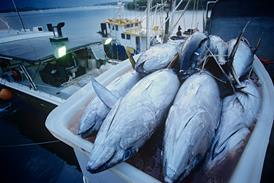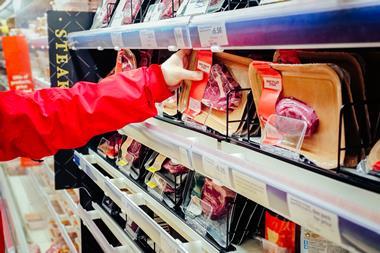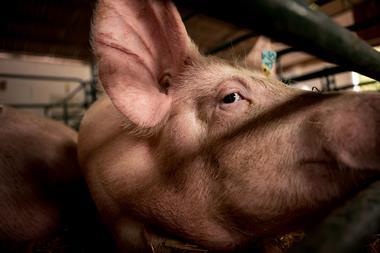Traders trying to assess the medium to long-term effect of the new BSE crisis on beef availability and prices face a dilemma following an unexpectedly aggressive stance adopted by most EU farm ministers at their agriculture council meeting on Monday.
Surpluses and soft prices had seemed the inevitable consequences of the consumer demand collapse and first measures announced by ministers and the European Commission to restore confidence and market balance looked inadequate.
But Monday's decision to destroy many older cattle might instead result in a significant tightening of supply.
A huge programme of BSE tests on cattle aged over 30 months was already in preparation.
However, the new measure provisionally agreed by the ministers is a cull similar to the Over Thirty Month Scheme started in the UK more than four years ago.
Although the EU scheme would not compulsorily remove all these animals from the food chain as happens in this country, it implies taking off the market a vast tonnage of beef.
The OTMS has absorbed five million cattle in the UK, and has been largely responsible for cutting beef production here from nearly a million tonnes annually to about 700,000 tonnes.
Even a less comprehensive scheme implemented elsewhere could clearly have a dramatic effect on total EU output, which had been heading towards seven million tonnes before the new crisis began.
In theory an EU-wide scheme might take out of the market more than enough beef to offset the likely decline in consumer purchases, penalising both the buyer and the taxpayer picking up the inevitably enormous bill.
{{MEAT }}
Close menu
- Home
- Retail & Wholesale
-
Products & Suppliers
- Back to parent navigation item
- Products & Suppliers
-
Product Categories:
- Back to parent navigation item
- Product Categories:
- Alcoholic drinks
- Bakery
- Cereals & breakfast
- Cheese
- Chicken & poultry
- Chocolate
- Confectionery
- Crisps, nuts & snacks
- Dairy
- Fish
- Fresh produce
- Frozen
- Household
- Meat
- Own Label
- Sauces & condiments
- Seasonal
- Soft drinks
- Vaping
- Vegan & plant-based
- World foods
- Suppliers
- People
- Reports & Data
-
Topics A-Z
- Back to parent navigation item
- Topics A-Z
-
Popular topics:
- Back to parent navigation item
- Popular topics:
- Cost of living crisis
- Crime
- Deposit Return Schemes
- Finance
- Government & Regulation
- Health
- Inflation
- Loyalty
- Marketing
- Mergers & Acquisitions
- New Product Development
- Sourcing
- Supply chain
- Sustainability & environment
- Technology
- Ultra Processed Foods
- Vaping
- A-Z all topics
- Content by type:
- Events
- Ask iA (beta)
- Subscribe now
Sign in to comment on this article
Not logged in before? Register for FREE guest access today.
You will be able to:
- Read more stories
- Receive daily newsletters
- Comment on stories
Advert


















No comments yet